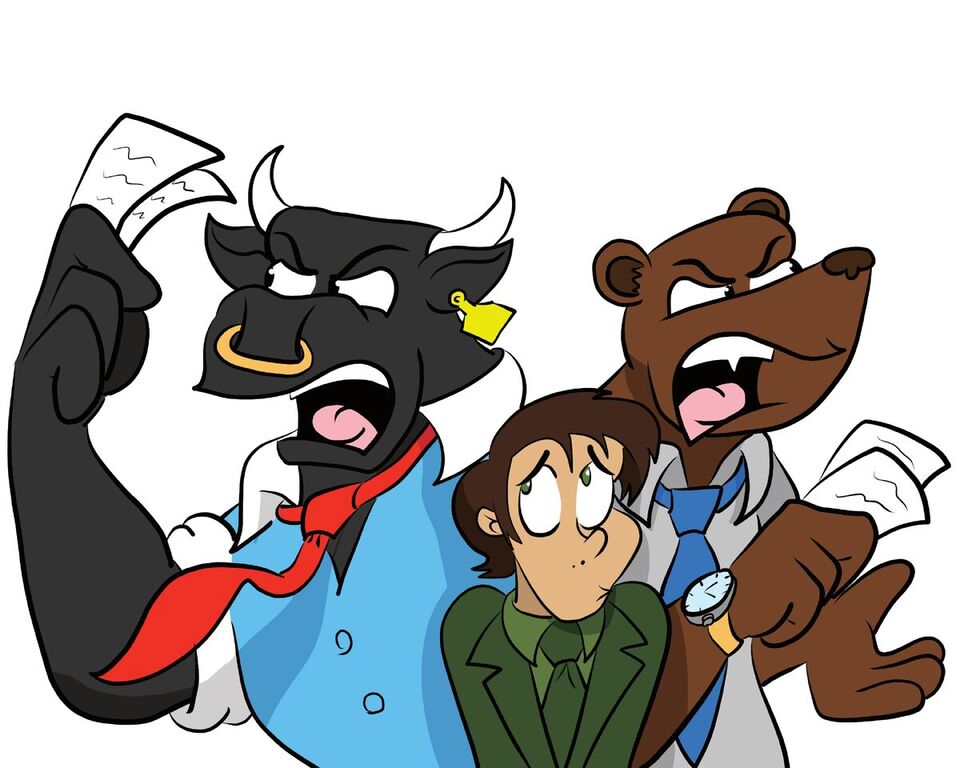
‘Pit’ board game review
By Ed Appleby, Contributor
5/5
I find most games put out in the early to middling years of the 20th century—Monopoly (1903), The Game of Life (1960), Risk (1959), etc.—to be some of the worst. They are either overly complex or overly simple, and generally cover uninteresting themes. So you can imagine my thrill when I picked up a card game based on commodity trading in the early 1900s.
Pit (1903) is a set-collecting card game for three to eight players designed by Edgar Cayce, Harry Gavitt, and George S. Parker. Originally self-published, it is currently being published by Hasbro. In the game, a number of commodity decks equal to the number of players are shuffled together and all of the cards are dealt out randomly. Players then trade cards in order to try to make a full set, and once a set is made the hand is scored and the cards re-dealt.
On the surface, this seems like any classic card game such as Gin Rummy (1909) or Go Fish, but there is one design aspect of the game that sets it apart: There are no turns. All players are shouting and making trades as fast as they can, which gives the game the feel of urgency that comes from being on the floor of the stock market. This little mechanic moves the game from being a dull card game to something a little livelier and more engaging. There is no downtime for players to get bored, and there is no over-analysis of strategy since fast trades are preferred.
I highly recommend Pit, and it just goes to show how a slight tweak to the mechanics of a game can elevate it from the mundane to the exceptional.


